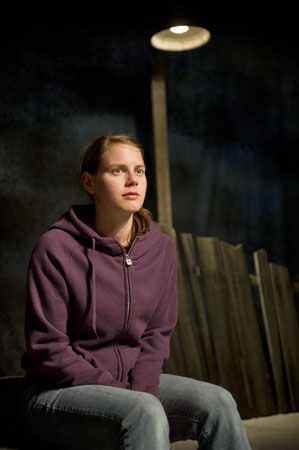Browse "Places"
-
Article
Grande Prairie
Grande Prairie, Alberta, incorporated as a city in 1958, population 64,141 (2021 census), 63,166 (2016 census). The city of Grande Prairie is located 456 km northwest of Edmonton and takes its name from the large prairie that lies to the east, north and west of it. The city is the business and transportation centre of Alberta’s Peace River region.
"https://d2ttikhf7xbzbs.cloudfront.net/media/media/582cc550-9a41-4bcd-8d97-f114a358b312.jpg" // resources/views/front/categories/view.blade.php
https://d2ttikhf7xbzbs.cloudfront.net/media/media/582cc550-9a41-4bcd-8d97-f114a358b312.jpg
-
Article
Grandview
Grandview, Manitoba, incorporated as a village in 1906 and as a town in 1909, population 859 (2011c), 839 (2006c). The Town of Grandview nestles between Riding and Duck mountains on the Valley River, 360 km northwest of Winnipeg.
"https://development.thecanadianencyclopedia.ca/images/tce_placeholder.jpg?v=e9dca980c9bdb3aa11e832e7ea94f5d9" // resources/views/front/categories/view.blade.php
https://development.thecanadianencyclopedia.ca/images/tce_placeholder.jpg?v=e9dca980c9bdb3aa11e832e7ea94f5d9
-
Article
Granisle
Granisle, BC, incorporated as a village in 1971, population 303 (2011c), 364 (2006c). The Village of Granisle is located in central British Columbia on the west shore of Babine Lake, the longest natural lake in the province (at 177 km).
"https://development.thecanadianencyclopedia.ca/images/tce_placeholder.jpg?v=e9dca980c9bdb3aa11e832e7ea94f5d9" // resources/views/front/categories/view.blade.php
https://development.thecanadianencyclopedia.ca/images/tce_placeholder.jpg?v=e9dca980c9bdb3aa11e832e7ea94f5d9
-
Article
Grass River Provincial Park
Located some 45 km east of Flin Flon, Grass River Provincial Park (established 1963, 2289.63 km2) straddles 2 of Manitoba's natural regions (Boreal Plains and Boreal Shield).
"https://development.thecanadianencyclopedia.ca/images/tce_placeholder.jpg?v=e9dca980c9bdb3aa11e832e7ea94f5d9" // resources/views/front/categories/view.blade.php
https://development.thecanadianencyclopedia.ca/images/tce_placeholder.jpg?v=e9dca980c9bdb3aa11e832e7ea94f5d9
-
Article
Grasslands National Park
A 1981 agreement between the governments of Canada and Saskatchewan provided for the future establishment of Grasslands National Park, which will eventually encompass 906.4 km2. More than 60% of the lands required for the park have already been acquired on a "willing-seller willing-buyer" basis.
"https://d2ttikhf7xbzbs.cloudfront.net/media/media/b4c10927-debc-4233-8c47-41315da62b2d.jpg" // resources/views/front/categories/view.blade.php
https://d2ttikhf7xbzbs.cloudfront.net/media/media/b4c10927-debc-4233-8c47-41315da62b2d.jpg
-
Article
Gravelbourg
In 1918 a convent was built in the town as well as a college, which was affiliated with UNIVERSITY OF OTTAWA; other Catholic buildings followed: a Romanesque cathedral (1919), a monastery (1926) and a hospital.
"https://development.thecanadianencyclopedia.ca/images/tce_placeholder.jpg?v=e9dca980c9bdb3aa11e832e7ea94f5d9" // resources/views/front/categories/view.blade.php
https://development.thecanadianencyclopedia.ca/images/tce_placeholder.jpg?v=e9dca980c9bdb3aa11e832e7ea94f5d9
-
Article
Gravenhurst
Gravenhurst, Ontario, incorporated as a town in 1887, population 13,157 (2021 census), 12,311 (2016 census). The Town of Gravenhurst is located at the south end of Lake Muskoka, 170 km north of Toronto. The name of Gravenhurst was inspired by the book “Gravenhurst: Or Thoughts on Good & Evil.”
"https://d2ttikhf7xbzbs.cloudfront.net/gravenhurst/Town-Hall-and-Public-Library-Gravenhurst.jpg" // resources/views/front/categories/view.blade.php
https://d2ttikhf7xbzbs.cloudfront.net/gravenhurst/Town-Hall-and-Public-Library-Gravenhurst.jpg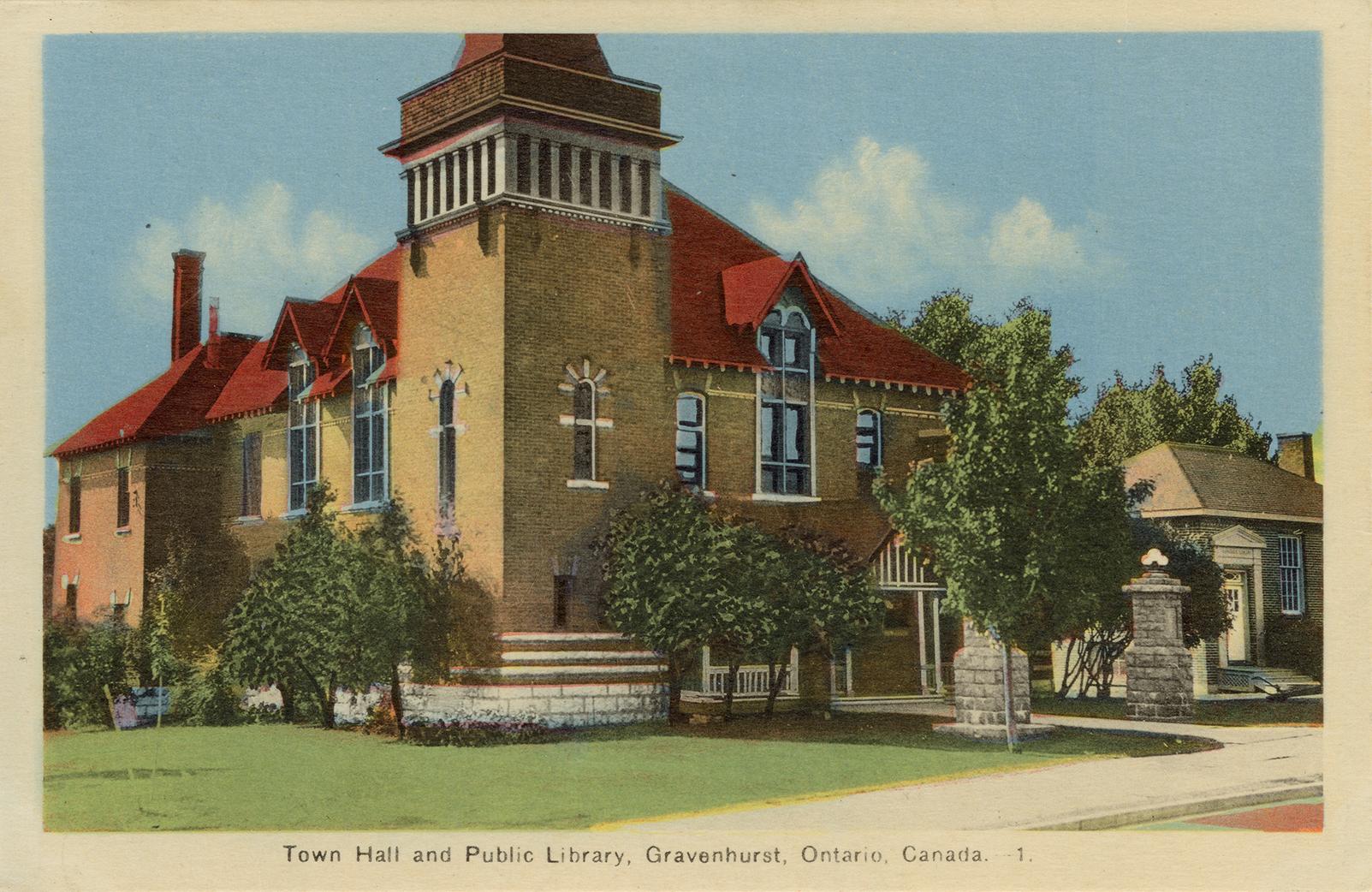
-
Article
Gray Burial Site
Gray Burial Site, north of Swift Current, Sask, lies on a sandy hillside west of an ancient glacial outwash channel.
"https://development.thecanadianencyclopedia.ca/images/tce_placeholder.jpg?v=e9dca980c9bdb3aa11e832e7ea94f5d9" // resources/views/front/categories/view.blade.php
https://development.thecanadianencyclopedia.ca/images/tce_placeholder.jpg?v=e9dca980c9bdb3aa11e832e7ea94f5d9
-
Article
Great Bear Lake
Great Bear Lake is located in the Northwest Territories. With a surface area of 31,328 km2, Great Bear Lake is the largest lake located entirely inside Canadian borders. It is also the fourth largest in North America and the eighth largest in the world. Water flows out of the lake into the Great Bear River, then into the Mackenzie River. Other rivers connected to the lake include the Dease, Camsell and Johnny Hoe. Great Bear Lake is made up of five separate arms, each with their own names: Dease, McTavish, McVicar, Keith and Smith. (See also Largest Lakes in Canada.)
"https://d2ttikhf7xbzbs.cloudfront.net/media/media/b3f3c222-8825-473d-834b-5d76b45c35df.jpg" // resources/views/front/categories/view.blade.php
https://d2ttikhf7xbzbs.cloudfront.net/media/media/b3f3c222-8825-473d-834b-5d76b45c35df.jpg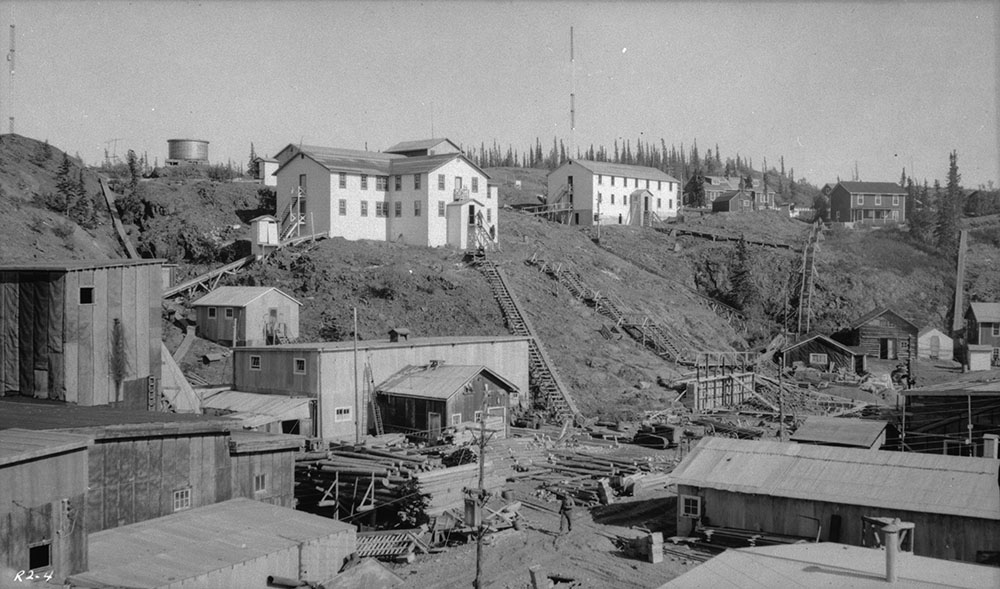
-
Article
Great Divide Trail
Great Divide Trail is a long-distance hiking trail, paralleling where possible the CONTINENTAL DIVIDE of Canada's Rocky Mts range. Some 560 km of the trail lies within the boundaries of Banff, Kootenay, Yoho and Jasper national parks, extending from Palliser Pass in the S to Mt ROBSON in the N.
"https://development.thecanadianencyclopedia.ca/images/tce_placeholder.jpg?v=e9dca980c9bdb3aa11e832e7ea94f5d9" // resources/views/front/categories/view.blade.php
https://development.thecanadianencyclopedia.ca/images/tce_placeholder.jpg?v=e9dca980c9bdb3aa11e832e7ea94f5d9
-
Article
Great Lakes
The Great Lakes are the largest group in a chain of large lakes (including Winnipeg, Athabasca, Great Slave and Great Bear) that lies along the southern boundary of the Canadian Shield. From west to east the Great Lakes comprise lakes Superior, Michigan (entirely in the US), Huron, St. Clair, Erie and Ontario. They have a total area of approximately 244,100 km 2 and drop from 183 m above sea level at Lake Superior to 74 m at Lake Ontario — the most dramatic drop occurring at Niagara Falls. Lake St Clair, while not properly a “great lake,” is considered part of this Laurentian chain.
"https://d2ttikhf7xbzbs.cloudfront.net/media/media/894ac3cf-cd0e-491f-a04f-53e7c18a4b00.jpg" // resources/views/front/categories/view.blade.php
https://d2ttikhf7xbzbs.cloudfront.net/media/media/894ac3cf-cd0e-491f-a04f-53e7c18a4b00.jpg
-
Article
Great Slave Lake
Great Slave Lake is located in the Northwest Territories. It is the second largest lake entirely within Canadian borders, the fifth largest in North America, and the tenth largest in the world.
"https://d2ttikhf7xbzbs.cloudfront.net/media/media/13ae1e1d-36ba-43cf-8b14-a08a9d6d7cfa.jpg" // resources/views/front/categories/view.blade.php
https://d2ttikhf7xbzbs.cloudfront.net/media/media/13ae1e1d-36ba-43cf-8b14-a08a9d6d7cfa.jpg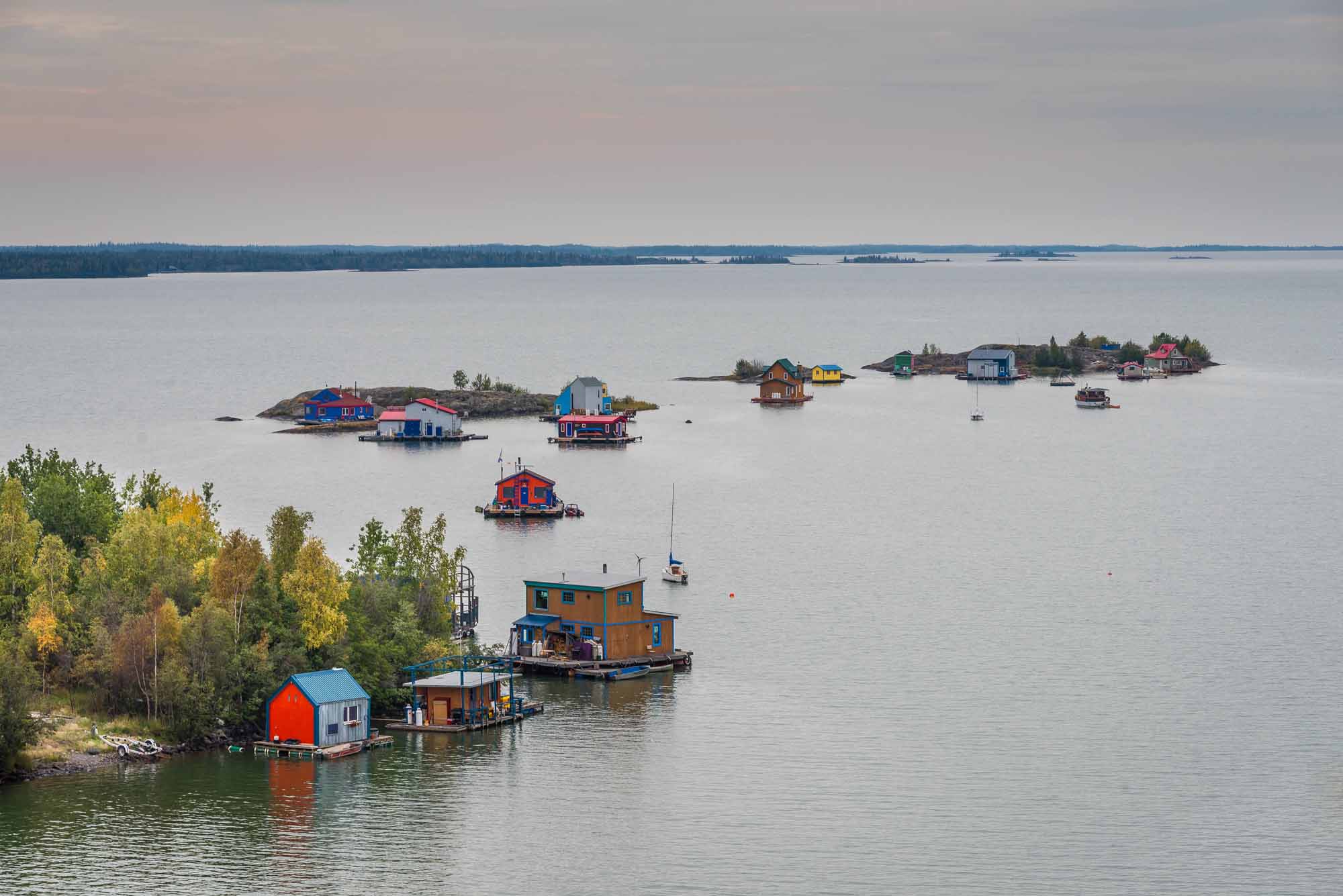
-
Article
Great Western Railway
The London and Gore Railroad Co, incorporated 6 May 1834, changed its name to the Great Western Rail Road Co in 1845 and to the Great Western Railway in 1853. Promoted by lawyer-politician Allan Napier MACNAB and more significantly by Hamilton merchants Isaac and Peter Buchanan, R.W.
"https://d2ttikhf7xbzbs.cloudfront.net/media/media/a580af8a-f4ac-492b-a8d0-ab27d566d754.jpg" // resources/views/front/categories/view.blade.php
https://d2ttikhf7xbzbs.cloudfront.net/media/media/a580af8a-f4ac-492b-a8d0-ab27d566d754.jpg
-
Article
Greater Napanee
Greater Napanee, Ont, incorporated as a town in 1864, population 15 511 (2011c), 15 400 (2006c). The Town of Greater Napanee is located 39 km west of Kingston on the Napanee River and six km from the Bay of Quinte on Lake Ontario.
"https://d2ttikhf7xbzbs.cloudfront.net/media/media/53717f9c-a23e-4602-aeb5-9cfdb8f04b79.jpg" // resources/views/front/categories/view.blade.php
https://d2ttikhf7xbzbs.cloudfront.net/media/media/53717f9c-a23e-4602-aeb5-9cfdb8f04b79.jpg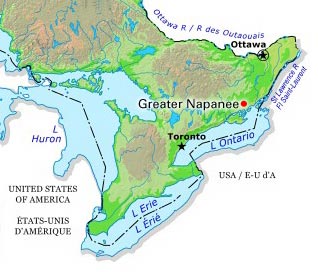
-
Article
Green Thumb Theatre
Foon wrote Heracles, about Greek heroes; Raft Baby, a l9th-century tale from the BC interior; and The Windigo, from an Ojibwa myth. Shadowdance, written by Sheldon Rosen and directed by Yurek Bogajewicz, was an innovation in children's theatre and provided a frightening glimpse of a medieval world.
"https://d2ttikhf7xbzbs.cloudfront.net/media/media/16cf43b0-bed0-4da5-b702-e6e23b3911ce.jpg" // resources/views/front/categories/view.blade.php
https://d2ttikhf7xbzbs.cloudfront.net/media/media/16cf43b0-bed0-4da5-b702-e6e23b3911ce.jpg